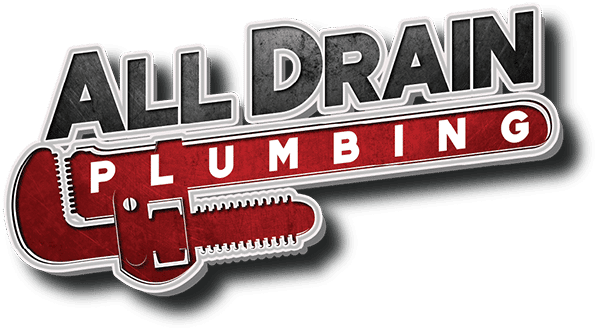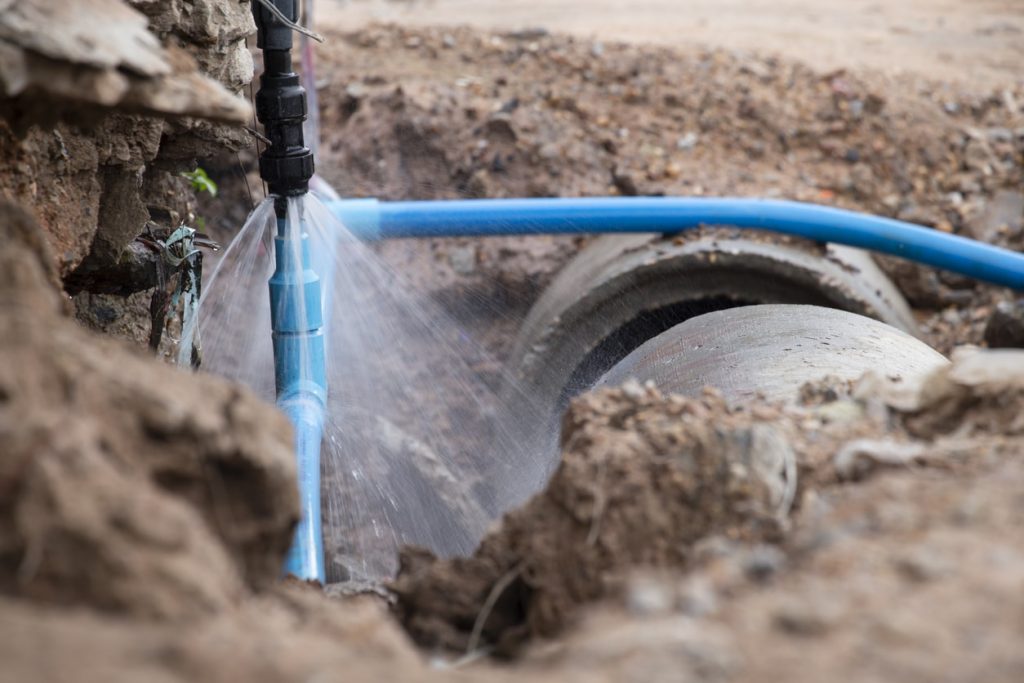Clogged and backed-up drains can cause a host of problems in your home from foul odors to flooding and water damage. With the right maintenance routine, you can reduce the buildup in your drainpipes and prevent future blockages.
Regularly cleaning and inspecting your plumbing for debris and other objects can help keep your drains flowing freely and prevent costly repairs down the road. Additionally, understanding the materials you should not flush down your drains can help keep them clear. Taking the time to conduct regular maintenance on your drainpipes is a simple and effective way to prevent pesky clogs and save you money in the long run.
1. Regularly Inspect and Clean Your Plumbing for Debris
Inspecting and cleaning your plumbing for debris will prevent clogs from forming and save you money in the long run. Over time, accumulated debris in your pipes can lead to a buildup of mineral deposits, which cause pipes to become blocked.
While it’s normal for small amounts of debris to accumulate in your pipes, frequent blockages indicate that something is wrong. To prevent a buildup of debris in your drainpipes, clean out any drain blockages once a week. Inspect your pipes and faucets to make sure there’s no buildup of hair, food particles, paper scraps, or other debris. Use a hose attachment on your sink to clean out any pipes you can access with a drain cleaner.
2. Install a Drain Strainer
A sink strainer offers an inexpensive and easy way to keep large or dense items from clogging your drains. If you frequently experience buildup in your drainpipes, a strainer can prevent it from blocking your pipes.
The most basic type of drain strainer is a plastic bag placed in the drain to keep debris from getting into the pipes. More advanced drain strainer models include a system for attaching the bag to the drain or a suction system for controlling the strainer. Once you’ve installed a strainer in your drain, take the time to clear it out regularly. If you have a drain that’s easy to access, try opening it and blowing through it with a hose to remove any debris that may be present.
3. Invest in Professional Maintenance Services
Hiring a service to take care of routine maintenance can save you time and hassle and prevent costly repairs. Several companies offer drain maintenance services. Some specialize in drain cleaning while others focus on replacing old pipes and fixtures.
Plumbers who perform these services regularly clean and maintain your drain lines, helping prevent blockages and restore your pipes to normal flow. If you hire a drain cleaning service, ensure they are certified and insured. If you cannot take advantage of professional services, consider using a drain cleaner designed for clearing drains. These products can prevent blockages and extend the life of your pipes by removing mineral deposits that cause corrosion.
Constant blockages and clogs in your drains can lead to costly repairs and flooding. Regularly cleaning and inspecting your plumbing for debris and other objects can help prevent blockages and clear your drains. To avoid clogs in the future, inspect your pipes and perform routine maintenance on your drainpipes.
At Buckeye Plumbing, we offer drain cleaning as well as sewer line, water heater, and leak detection services in Dayton, OH and surrounding communities, so contact us today.




 10% Off
10% Off

